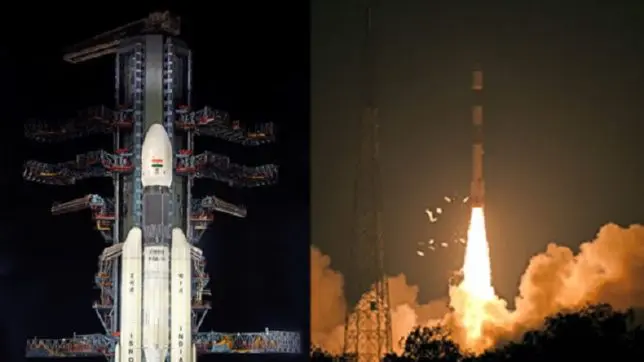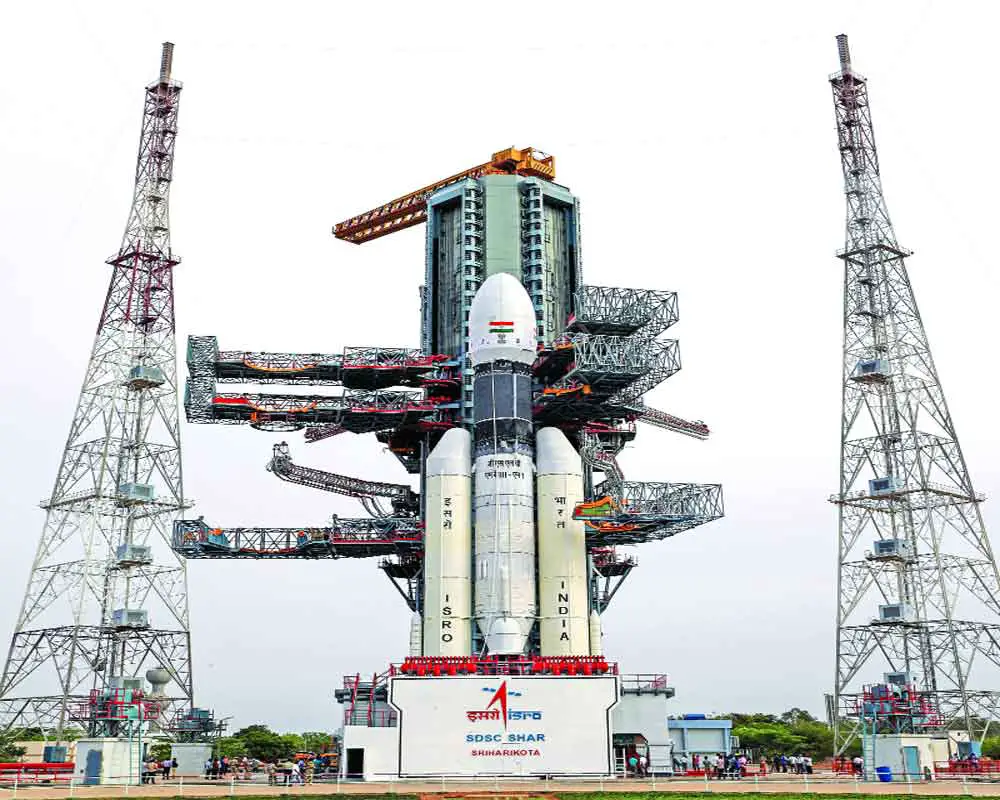After the July 15th launch was called off 56 minutes before the scheduled launch, Indian Space Research Organization (ISRO) accomplished the task of launching Chandrayaan-2 satellite to the Moon’s South Pole today at 2:43 p.m. IST from the launchpad in Sriharikota. The satellite consists of an orbiter, a lander called Vikram and finally, a rover called Pragyaan that will attempt a soft landing for the first time on the Moon by September 7.
Chandrayaan-2 is the follow-up mission of Chandrayaan-1 launched back in October 2018 that was the first satellite that confirmed the presence of water-ice on the moon’s surface. Chandrayaan-2 is one of the most ambitious space programs of ISRO successfully performed which, the Indian organization will become one of the leading low-cost space powers while finding its way into the consortium of space powers like the United States’ NASA, the Russian ROSCOSMOS, and China’s CNSA.
According to K.Sivan, ISRO’s Chairperson, the technical snag was detected 56 minutes before the scheduled launch. It involved a strenuous thirty-six hours of ordeal where engineers were able to fix the snag and re-scheduled the launch to July 22 at 2:43 with just a minute of a window for its launch.
The Chandrayaan-2 was fired on India’s most powerful Orbiter propulsion module GSLV MK-III where it will activate cryogenic burn to elevate the orbit finally escaping the Earth’s gravitational pull en route to our natural satellite almost 600 kilometers away from the South Pole where it will attempt a soft landing.

Once it reached a specific altitude around Moon’s gravitational pull, the orbiter will separate from the lander Vikram that’ll make a soft landing. Post that, the briefcase-sized six-wheeled Pragyaan rover that Vikram carried will be deployed. The Chandrayaan-2 collectively has 13 payments with one payload from the U.S.’ NASA. Once the orbiter is separated from the lander, it will activate its nine payloads to study the surface of the moon while the rover lander will have three payloads.
The tasks assigned to the rover is to detect moonquakes, the composition of the regolith which is powdery fine dust and rocks that blankets the surface of the Earth, giving it various characteristics including illuminating it. Back on 20th July 1969, astronaut Neil Armstrong onboard NASA Apollo 11 mission was able to bring regolith back on the Earth for study. Both the rover and the lander will have a mission life of 14 days which is one day on the moon before going dark.
The orbiter will be tasked with scanning the surface of the moon for a period of one year before going dark. Chandrayaan-2 is scheduled to attempt its soft landing on September 2 which is 48 days from today i.e. July 22nd, 2019.








